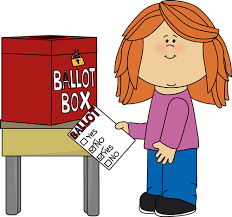Daylight Saving Time should be permanent
March 18, 2019
The month of March isn’t just a time for the start of spring, St. Patrick’s Day or NCAA March Madness.
We also have to deal with this daylight saving time pattern where most of the United States moves their clocks forward and we lose an hour of sleep because of it.
I don’t like losing an hour of sleep, especially as a stereotypical college student whose bed time is not until 2 a.m. at the least. I am sure most people my age would agree with me. If not, well, I’d be happy to discuss with you.
I do, however, love gaining an hour of sleep when we turn the clocks back in November. But seeing a pitch black sky at 4:30 p.m. is incredibly boring. We also have to adjust to a one-hour time change that some might say is unnecessary.
Switching our clocks twice a year also positively and negatively affects certain states around the country, so it’s difficult to say what specific benefits and drawbacks daylight saving time has.
Therefore, let’s just keep daylight saving time year-round.
The Washington State Senate recently passed a bill requiring daylight saving time to be a permanent deal. President Trump tweeted the Monday after the clock switch, “Making Daylight Saving Time permanent is O.K. with me!”
It appears more people are hopping on the daylight saving time year-round bandwagon after all.
Since daylight saving time is a federal law under the Uniform Time Act, Congress would need to pass a two-thirds vote to overturn it before President Trump approves it.
It is not that the Uniform Time Act is old, either. It was enacted just over 50 years ago by President Johnson and was used for both World Wars prior to that.
For most of U.S. history, switching our clocks was not a thing. Let’s go back to it being that way. It’s not that it matters that much anyway.
I’ve already adjusted to my schedule, and I want it to stay as is.






















